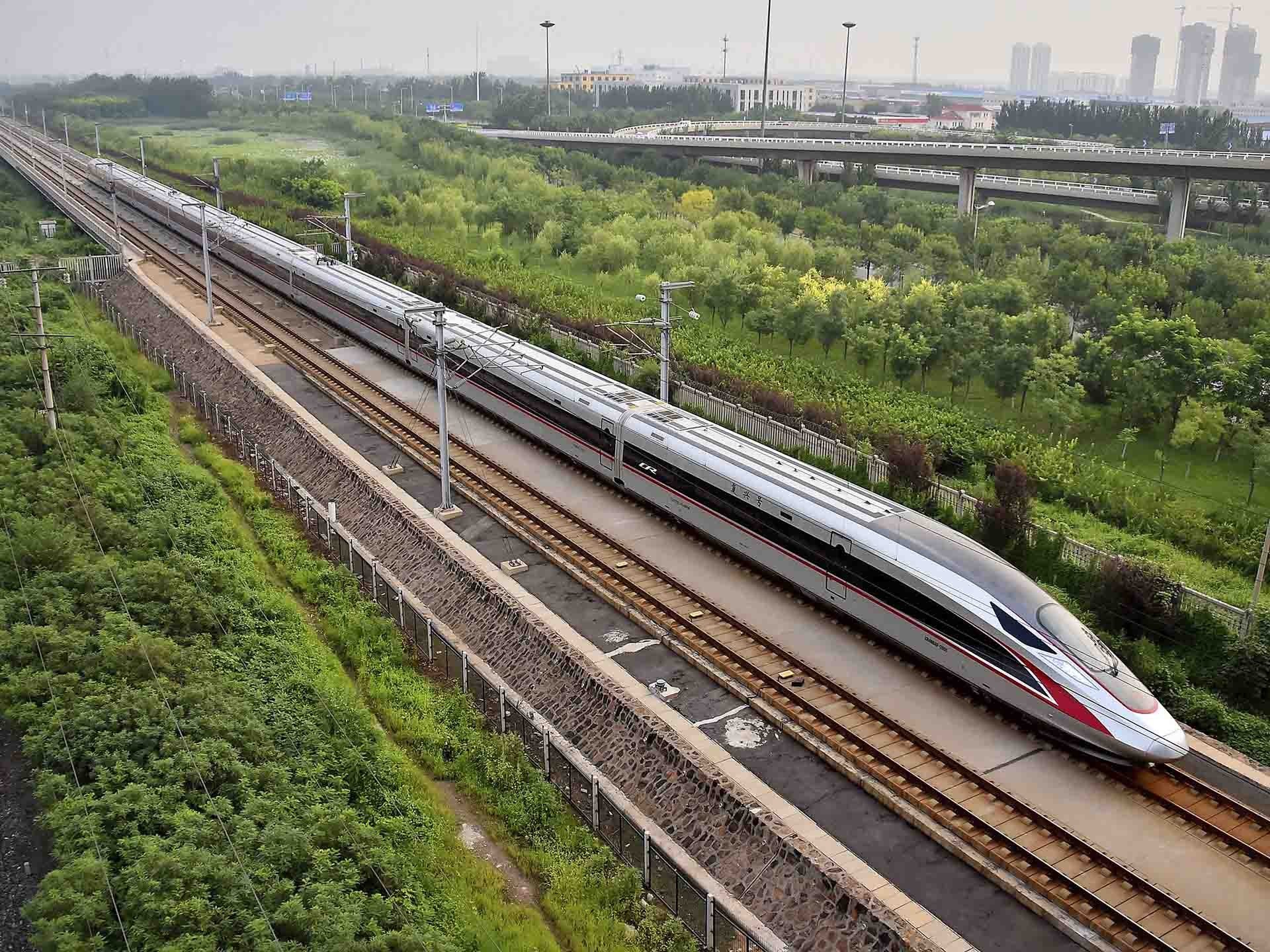 |
| China has the world's largest high-speed rail network. (Source: Xinhua) |
According to CNN, at the beginning of the 21st century, China did not have high-speed rail.
Slow and inconvenient trains crisscross the vast country, with low average speeds making routes like Beijing-Shanghai a test of passengers’ patience.
Today, the situation is completely different: the world's most populous country owns the world's largest high-speed rail network.
According to data from the German online network Statista, which collects and provides statistics, China's high-speed rail network is currently the largest in the world with a total length of up to 40,000 km.
The network spans the entire country, connecting all major city clusters. Construction began in 2008, with some 20,000km completed in the past five years. By 2035, China’s high-speed rail network is expected to grow to 70,000km.
Super high-speed traffic
China is currently the only country in the world with high-speed rail with actual speeds of up to 350km/h.
According to Xinhua news agency, the Beijing-Wuhan section of the Beijing-Guangzhou high-speed railway line was recently upgraded from the standard 310km/h to the high standard 350km/h.
Since 2017, it is the fifth high-speed railway in China to reach a speed of 350km/h, after the Beijing-Shanghai, Beijing-Tianjin, Beijing-Zhangjiakou (Hebei Province), and Chengdu-Chongqing high-speed railways.
According to Statista, China occupies two of the top 10 fastest trains in the world. In the top 1 position is the Shanghai maglev train, reaching speeds of up to 460km/h. Next is the CR400 Fuxing train, 350km/h.
The Chinese government has invested billions of dollars in the country’s high-speed rail system in recent years. “They are trying to make changes,” said Zhenhua Chen, associate professor of urban and regional planning at Ohio State University.
China also developed its own ship manufacturing company, CRRC. Currently CRRC is one of the largest ship manufacturers in the world.
Chinese companies are among the first in the world to introduce new ship technologies such as autonomous (unmanned) ships, which use advanced control and signaling technology.
The Beijing-Zhangjiakou high-speed train, capable of reaching speeds of 350 km/h, is currently the world's fastest autonomous train. Opened in December 2019 for the Beijing 2022 Winter Olympic and Paralympic Games, the Beijing-Zhangjiakou line has shortened the travel time for the 174 km journey from three hours to less than an hour.
Connect with neighbors
Not only developing domestic railways, China has also stepped up investment in railway systems connecting neighboring countries. Recently, China has continued to pour 300 million Yuan from its budget to support Cambodia in developing its railway industry, as well as promoting the construction of a high-speed railway connecting Cambodia's capital Phnom Penh with Laos, Thailand and China.
Before Cambodia, China actively cooperated with Laos, notably the high-speed railway connecting the Lao capital Vientiane and the capital Kunming of Yunnan province (China), which opened at the end of 2021.
For the Chinese government, high-speed rail is a powerful tool to connect society and unite regions with different cultures. Similar to Japan's Shinkansen train system in the 1960s, China hopes high-speed rail will become a symbol of national economic strength and promote modernization.
“Building new railway lines is part of Xi Jinping’s vast national market integration plan, reflecting the Chinese president’s new development philosophy, in which the key model is synchronous development between localities,” said Dr. Olivia Cheung, an expert at the School of Oriental and African Studies (SOAS) of the University of London (UK).
To achieve the current achievements, Chinese engineering units had to deal with a series of enormous challenges, due to the country's vast area and diverse terrain, geology and climate, from the icy Harbin region in the North to the hot and humid climate of the Pearl River Delta, or the 1,776 km long Lanzhou - Urumqi route across the Gobi Desert.
With many railway lines reaching speeds of up to 350km/h, travel between Chinese cities has completely changed. The “dominance” of the aviation industry has been broken. As of 2020, 75% of Chinese cities have high-speed rail.
Vietnam and China are two neighboring countries "mountains next to mountains, rivers next to rivers", so the development of the Vietnam - China railway is also focused on by the governments of the two countries.
During General Secretary Nguyen Phu Trong's visit to China from October 30 to November 1, 2022, the two sides issued a "Vietnam-China Joint Statement on continuing to promote and deepen the Vietnam-China Comprehensive Strategic Cooperative Partnership". The joint statement mentioned that the two sides focused on discussing and agreeing on a plan to connect the railway section between Lao Cai station (Vietnam) and Hekou Bei station (China).
The railway connection between Lao Cai (Vietnam) and Hekou (Yunnan, China) was included in the railway development plan by 2030 by the Vietnamese Ministry of Transport.
Xinhua News Agency reported on September 9 that the first direct high-speed railway line to the Vietnam-China border had its tracks laid by China on August 8. This railway line from Fangchenggang city to Dongxing city (Guangxi province) will have more than 100 km of tracks installed and is expected to be put into operation from December this year.
The Fangchenggang-Dongxing high-speed railway will reduce travel time between the two places from 60 minutes to 20 minutes, and connect Dongxing, a border city with Vietnam's Mong Cai, with China's 42,000km high-speed railway network.
Once put into operation, the line will end the period of no rail transport between Fangchenggang and Dongxing, and promote connectivity between the two neighboring countries.
Source



![[Photo] National Assembly Chairman Tran Thanh Man attends the VinFuture 2025 Award Ceremony](/_next/image?url=https%3A%2F%2Fvphoto.vietnam.vn%2Fthumb%2F1200x675%2Fvietnam%2Fresource%2FIMAGE%2F2025%2F12%2F05%2F1764951162416_2628509768338816493-6995-jpg.webp&w=3840&q=75)



![[Photo] 60th Anniversary of the Founding of the Vietnam Association of Photographic Artists](/_next/image?url=https%3A%2F%2Fvphoto.vietnam.vn%2Fthumb%2F1200x675%2Fvietnam%2Fresource%2FIMAGE%2F2025%2F12%2F05%2F1764935864512_a1-bnd-0841-9740-jpg.webp&w=3840&q=75)
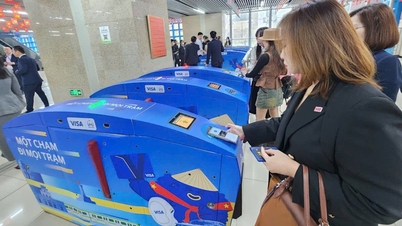

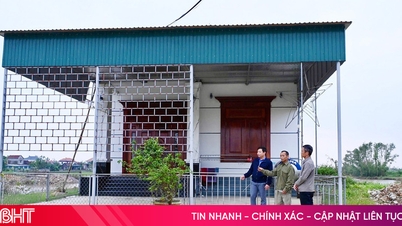

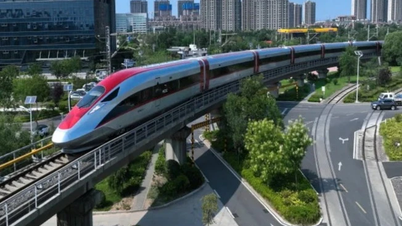

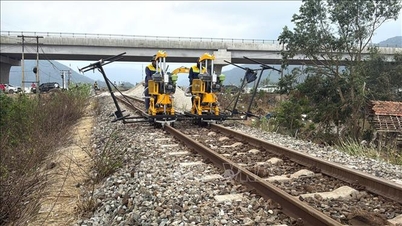

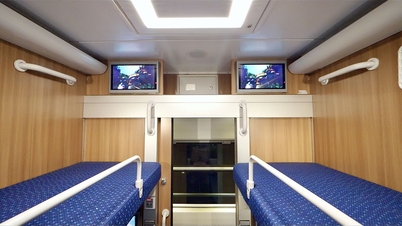







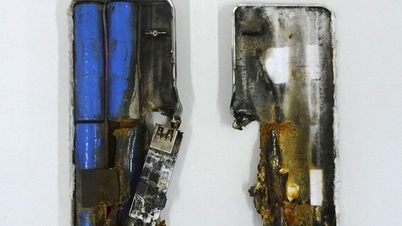











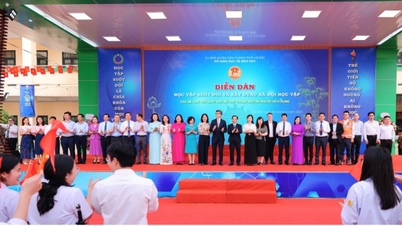



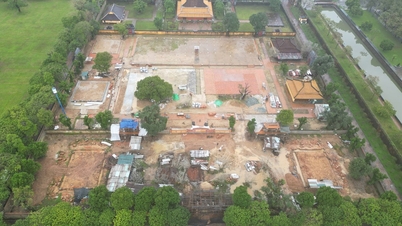


































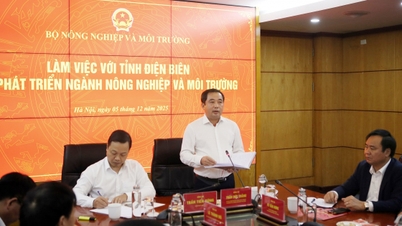

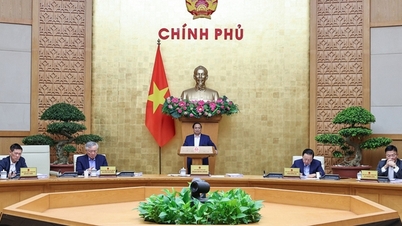


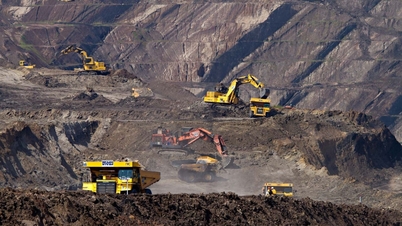




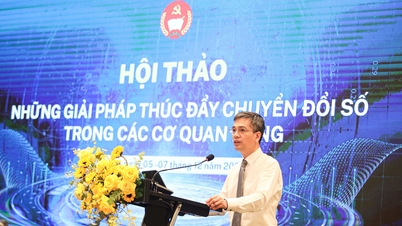




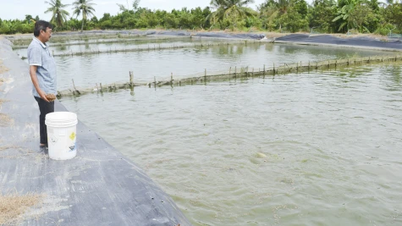

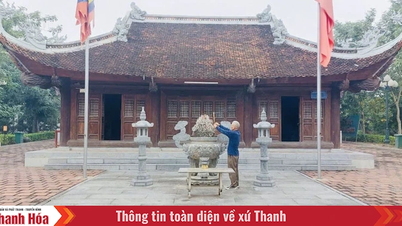


















Comment (0)